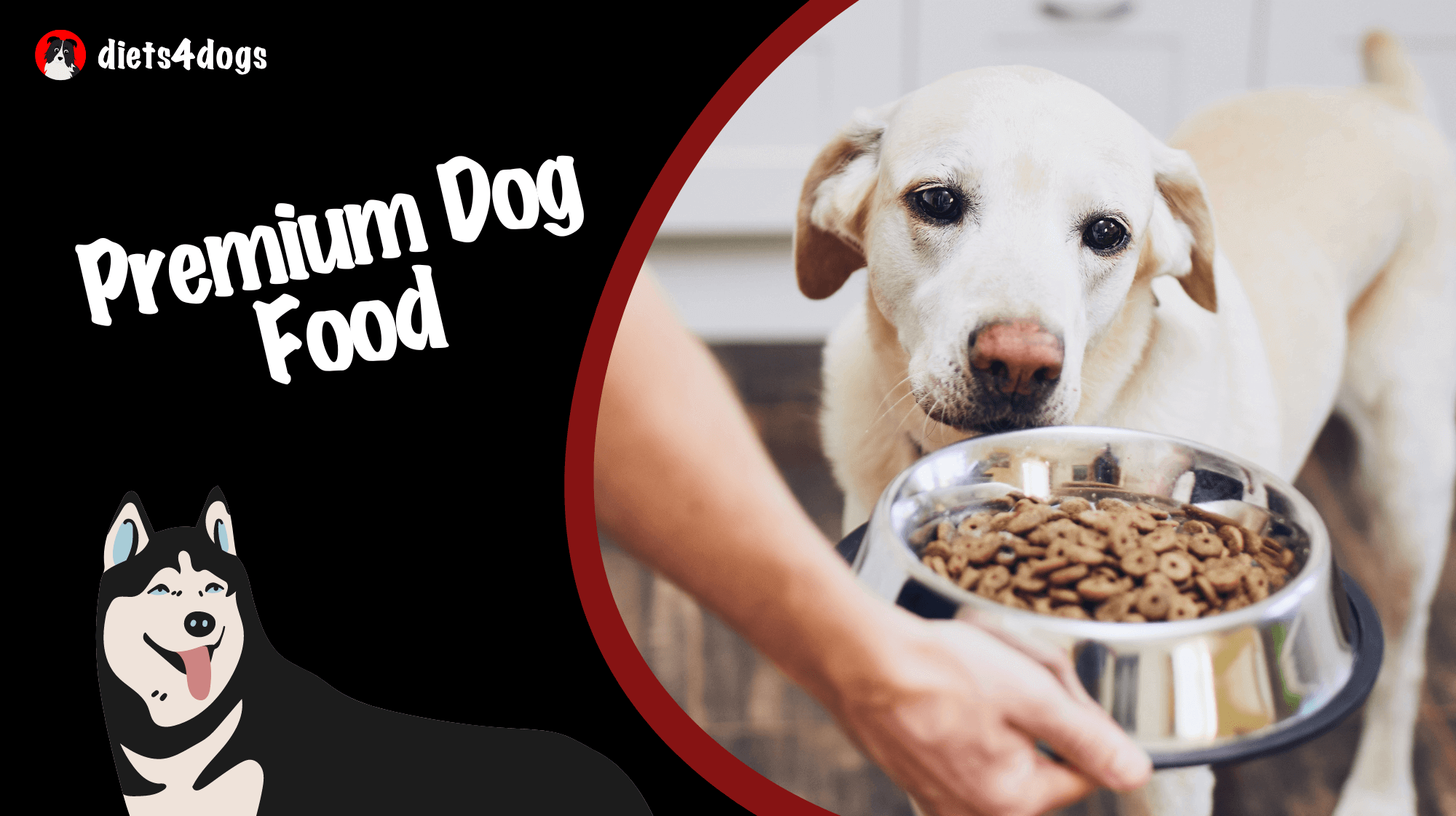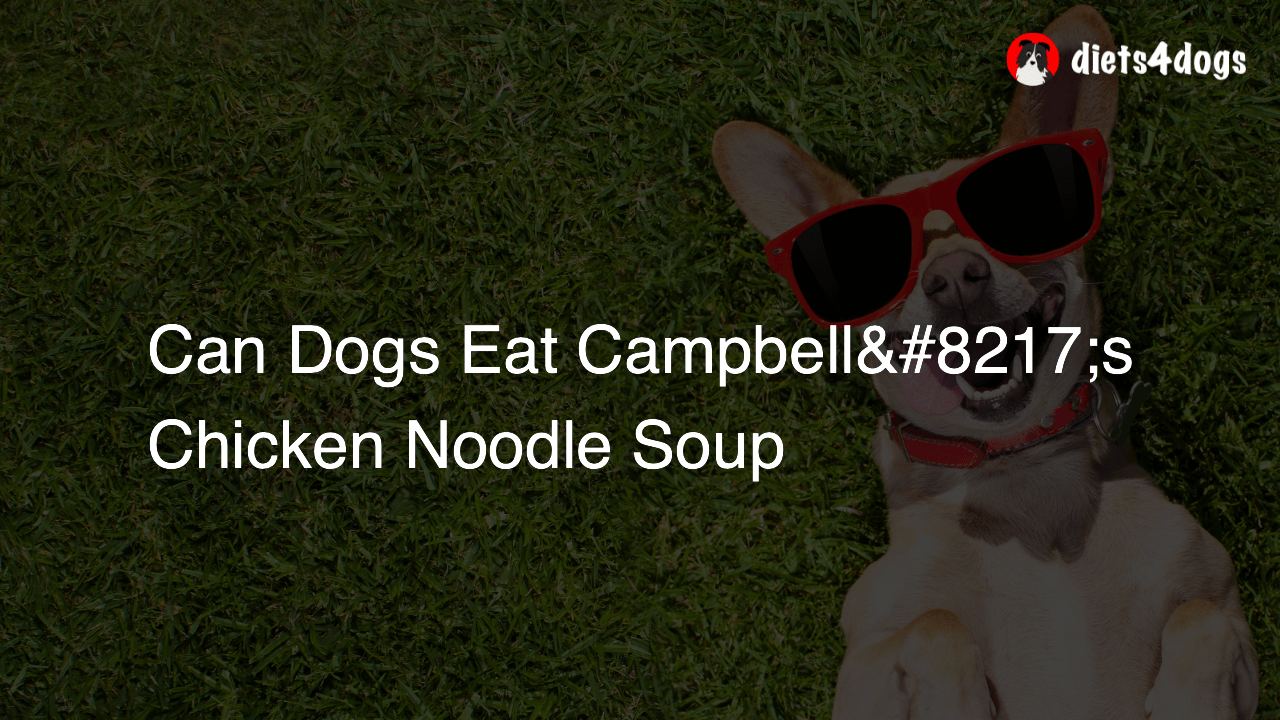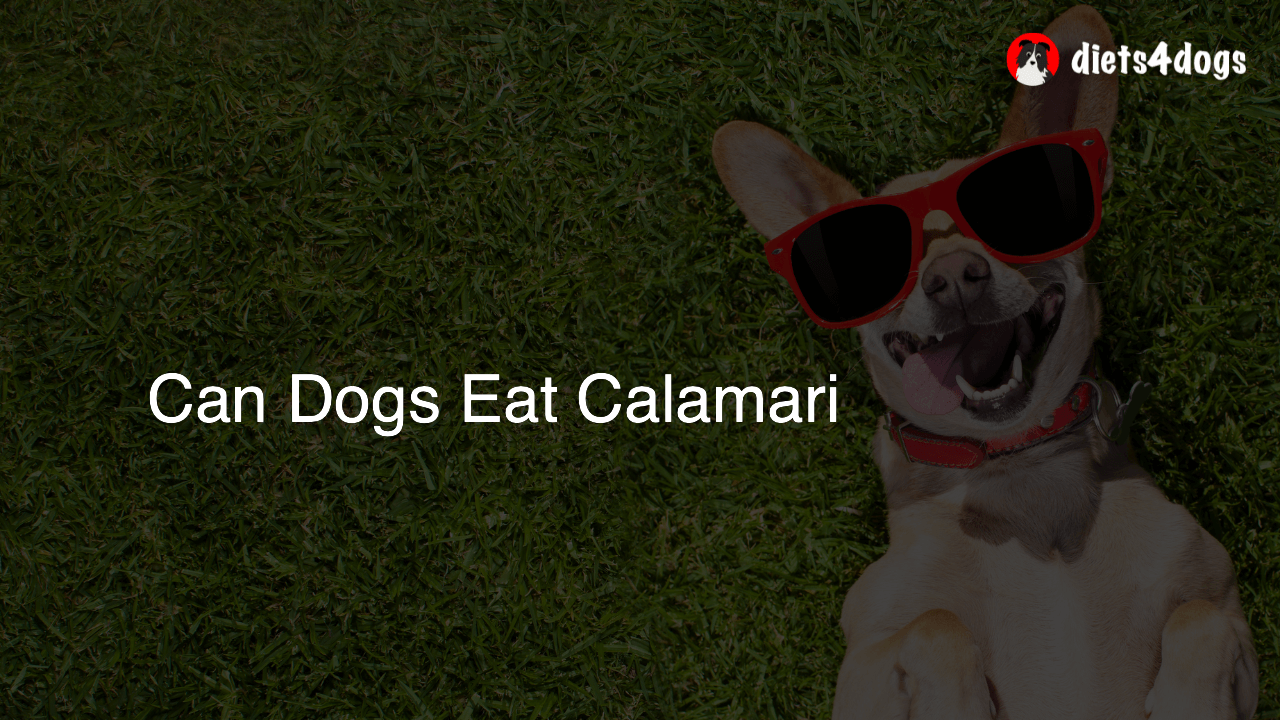Can Dogs Eat Plums Without the Pit
Yes, dogs can eat plums without the pit, but in moderation. Plums are a good source of vitamins and fiber, which can be beneficial for your dog. However, you must remove the pit before feeding it to your dog. The pit contains cyanide compounds and could also cause choking or an intestinal blockage if ingested.
Introduction to Plums: A Juicy Treat for Your Pooch
Plums are a popular fruit among humans, known for their juicy, sweet taste and vibrant purple color. But, as a dog owner, you might wonder if sharing this delicious treat with your furry friend is a good idea. In this post, we’ll answer the question, “Can dogs eat plums without the pit?” and unveil the pros and cons of feeding plums to dogs.
The Good Side: Nutritional Benefits of Plums for Dogs
Plums have several health benefits that make them an appealing treat for your dog:
- Rich in vitamins: Plums are packed with essential vitamins like Vitamin A, C, and K, which can help promote a healthy immune system, support eye health, and aid in blood clotting.
- High in fiber: The dietary fiber in plums can help with digestion, preventing constipation and promoting overall gut health.
- Low in calories: Offering a low-calorie treat to your dog can be handy to maintain their weight and prevent obesity. Plums have a relatively low calorie count, making them a guilt-free indulgence.
Pit-less Plums: Why the Pit Matters
While plums themselves can be a refreshing, healthy treat for dogs, it’s crucial to remove the pit before feeding them to your pet. The pit of a plum shouldn’t be ingested because:
- Cyanide compounds: The pit contains cyanogenic glycosides, which release cyanide when ingested. These compounds can be toxic and lead to poisoning if your dog consumes a large amount of the pits.
- Choking hazard: Plum pits pose a choking hazard to dogs, especially for smaller breeds.
- Intestinal blockage: If swallowed, the pit might cause an intestinal blockage, which can be life-threatening if not treated promptly.
Caution: Moderation is Key
While giving your dog the occasional plum as a treat is okay, remember that moderation is essential. Plums should not replace your dog’s regular diet, but rather be fed to them infrequently as a supplement to their daily dog food. Overindulging in plums may lead to an upset stomach or diarrhea, as their high sugar and fiber content can harm sensitive canine stomachs.
Safe Plum Preparation for Your Pet
To safely feed plums to your dog, follow these steps:
- Wash the plum thoroughly to remove any lingering pesticides or harmful chemicals.
- Discard the pit and take it out of your dog’s reach.
- Cut the plum into small bite-sized pieces, suitable for your dog’s size.
- Feed the prepared plum pieces to your dog in moderation, keeping an eye on their reaction to the new treat.
What If My Dog Eats a Plum Pit?
If you suspect that your dog has consumed a plum pit, monitor them closely for signs of distress, such as vomiting, diarrhea, difficulty breathing, loss of appetite, or lethargy. If your dog shows any of these symptoms, it’s vital to contact your veterinarian immediately as your pet may require prompt medical intervention.
Alternatives to Plums for Your Dog’s Fruit Fix
If you’re hesitant to give your dog plums as a treat or want to offer variety, consider these dog-safe fruit options that provide similar nutritional benefits:
- Blueberries: Packed with antioxidants, fiber, and essential vitamins, blueberries are a popular choice for a healthy dog treat. They’re also small enough to avoid being a choking hazard.
- Watermelon: This low-calorie, hydrating fruit is an excellent option for hot summer days, but be sure to remove the seeds and rind before feeding it to your dog.
- Apples: A good source of vitamins A and C, apples can be fed to your dog in moderation. Be careful to remove the seeds and core, as they contain harmful compounds similar to those found in plum pits.
- Pears: A nutritious treat containing fiber, potassium, and vitamin C, pears can be fed to your dog as long as you remove the seeds and pit.
When in Doubt, Consult a Veterinarian
When introducing new foods to your dog’s diet, it’s always a good idea to consult with a trusted veterinarian. They can provide guidance on safe fruits and vegetables to incorporate, as well as the appropriate serving sizes based on your dog’s breed, size, and overall health. By consulting a professional, you can ensure that you are offering the best possible nutrition for your canine companion.
Conclusion: Balancing Treats with a Complete Diet
In conclusion, plums without the pit can be safely consumed by dogs, but they should be fed in moderation. It is essential to remove the pit, monitor your dog’s reaction, and seek veterinary advice for any health concerns or when introducing new treats. Remember that plums and other fruits should be seen as occasional treats and not a replacement for a balanced, complete dog food diet. A healthy, happy dog relies on a well-rounded diet that caters to their nutritional needs.
Frequently Asked Questions
Here is a list of common questions people have when considering feeding plums to their dogs. We’ve provided short, informative answers to help guide you in making the best decision for your canine companion.
1. How many plums can I give my dog in one sitting?
It’s best to give your dog one or two small plum pieces, monitoring their reaction to determine if it sits well with them. Always opt for moderation and avoid overfeeding plums, as it may cause an upset stomach.
2. Are dried plums (prunes) safe for dogs?
It’s not recommended to feed prunes to dogs, as they have a higher concentration of sugar and can act as a strong laxative, potentially causing diarrhea or digestive upset.
3. Can dogs eat plum skin?
Yes, dogs can eat plum skin, as it doesn’t contain harmful compounds. When feeding plums, make sure they are thoroughly washed to remove any lingering pesticides or chemicals.
4. Can I give my dog plum juice?
It’s best to avoid giving your dog plum juice. Most store-bought plum juices may contain added sugars or artificial sweeteners that can be harmful to pets. Stick to feeding them fresh, whole fruit without the pit.
5. Do other stone fruits pose the same risks as plums?
Yes, other stone fruits such as apricots, peaches, and cherries have similar risks because of their pits containing cyanide compounds. When feeding your dog these fruits, always remove the pit and serve in moderation.
6. How do I know if my dog is experiencing cyanide poisoning from a plum pit?
Signs of cyanide poisoning may include vomiting, difficulty breathing, loss of appetite, lethargy, and dilated pupils. If you suspect your dog has cyanide poisoning, contact a veterinarian immediately for guidance.
7. What should I do if my dog has an upset stomach after eating plums?
If your dog shows signs of an upset stomach, such as diarrhea or vomiting, avoid feeding them plums in the future. Additionally, consult your veterinarian for advice or treatment recommendations if symptoms persist or worsen.
8. Can I feed plum-flavored commercial dog treats to my dog, even if they don’t like fresh plums?
Yes, as long as the treat is formulated for dogs and doesn’t contain harmful ingredients, plum-flavored dog treats can be given, even if your dog doesn’t enjoy fresh plums. However, always check the label for any potential allergens or questionable additives.
9. Do all dogs enjoy plums?
Not all dogs have the same taste preferences, so some may enjoy plums while others may not. Observe how your dog reacts to a small piece of plum to gauge their interest.
10. Is it necessary to introduce fruits into a dog’s diet?
While it’s not necessary to include fruits in a dog’s diet, offering them fruits as occasional treats can provide variety and additional nutrients. Just remember to always consult your veterinarian before introducing new foods.












